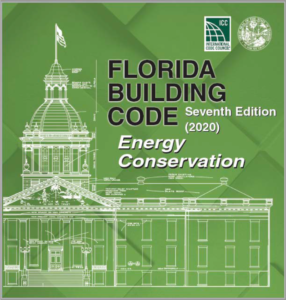John Sherwin with the Florida Solar Energy Center, says rooftop systems can deliver real green savings but consumers should be wary of guarantees.
“You want to get multiple quotes. If they’re promising you a zero-energy bill you want to find out where and how they’re getting that information,” Sherwin said.
WFTV9 | January 21, 2021

